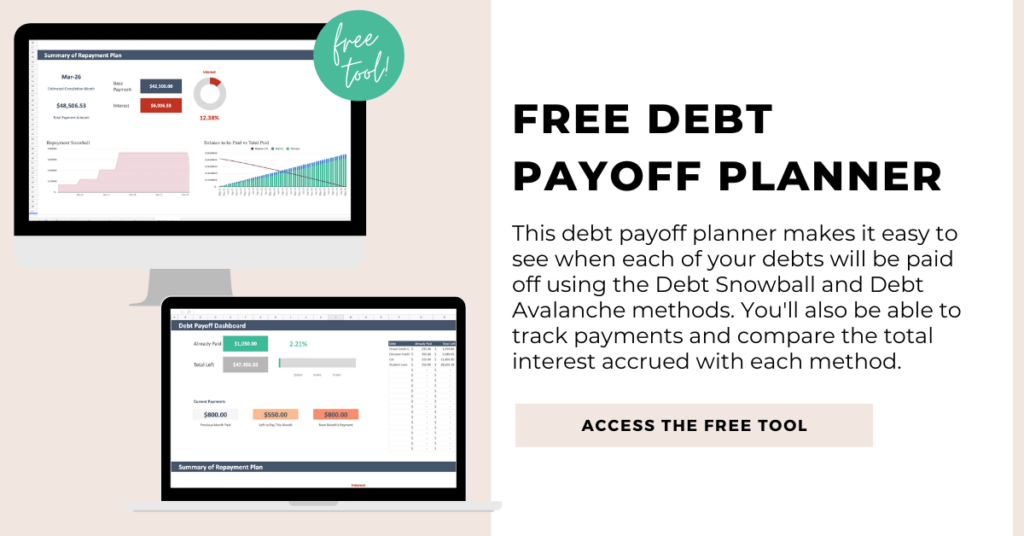Home Buying for Millennials Made Easy
Millennials are currently the largest living generation by population size. The Pew Research Center defines a millennial as anyone born between 1981 and 1996.
While they may represent what would seem to be the majority of potential home buyers, the reality is that millennials only own 4 percent of American real estate by value. That’s much less than the 32 percent of real estate value that previous generations, such as the baby boomers, owned at their age.
Millennials may have unique economic challenges preventing them from buying homes (like student loan debt). But that doesn’t mean their intentions are any different. In fact, according to the National Association of Realtors, many of their goals for homeownership are similar to that of the silent generation: To start families and be closer to family and friends.
If you’re a millennial looking to purchase a home, here are 8 tips that can set you up for success.
Some of the links in this post are affiliate links. We may receive compensation when you click on links to products at no extra charge to you. View our full disclaimer.
Home Buying Tips for Millennials
1. Understand the Home Buying Process
One of the best things you can do as a prospective home buyer is to know how mortgages work and how you can best position yourself at each stage of the process.
To do this, you’ll want to spend some time getting to know such things as:
- How much home you can truly afford (or how much a bank will lend to you)
- What your monthly payment will be and how it fits into your overall budget
- How things like the interest rate and down payment will affect the size of your monthly payments
- What other things you’ll need to consider, such as taxes, homeowners’ insurance, association dues, maintenance costs, etc.
The more you get to know how to optimize every aspect of the process, the easier it will be for you to get a mortgage and buy the home of your dreams.
2. Wait for a Buyers’ Market
When it comes to the housing market, there are two cycles it will go through:
- A seller’s market – when home prices are higher than average and better for sellers
- A buyer’s market – when home prices are lower than average and better for buyers
As you might guess, as a potential buyer, you’ll want to strike when it’s a buyer’s market. Generally, home sales are down during this time, and sellers will be more easily persuaded to accept offers below their asking price.
3. Save Up a Decent-Sized Down Payment
Traditionally, to qualify for a mortgage, you’ll need to be able to provide a down payment of at least 20 percent at the time of closing. For example, if you’d like to buy a house that costs $200,000, then plan on having at least $40,000 of savings to put towards the down payment.
Though many lenders will still work with you even if you don’t have 20 percent to offer, remember that there can be a lot of reasons why you’d like to strive to have this amount available. Not only will it make getting the mortgage easier, but it will also reduce your monthly payments and make it so that you do not have to pay an additional monthly fee called PMI (private mortgage insurance).

4. Take Advantage of FHA
If you’re a first-time home buyer, then you may be in a unique position to take advantage of an FHA loan. An FHA loan is a mortgage that’s backed by a Federal Housing Administration-approved lender.
FHA loans are designed to make it easier for you to qualify for a mortgage. Instead of coming up with the usual 20 percent down payment, FHA loans allow you to put down as little as 3.5 percent. In addition, your credit score doesn’t need to be as high as it would normally be for a traditional loan.
5. Pay Off Your Student Loans
When you apply for a mortgage, one of the things the lender will be looking for is your monthly debt to income (DTI) ratio. And if you’ve got student loans to pay, that could cause an issue.
Typically, your DTI ratio needs to be less than 36 percent to qualify for a mortgage. The quicker you can pay down your student loans, the better your finances will look. Remember that if paying off your student loans completely is not an option, you can always try refinancing the loan to lower your monthly payments.
6. Work on Your Credit Score
One of the easiest ways to ensure that your monthly mortgage payments will be as low as possible is to work on raising your FICO score.
You can do this by:
- Downloading your credit report and checking your history for errors.
- Ensuring that all payments are being made on time.
- Making sure that all payments are above the minimum requirement.
- Not applying for any new credit cards or other loans.
- Lowering your credit utilization ratio by keeping your cards open but using them less often.
7. Work a Part-Time Job
Coming up with a down payment to buy a home can seem grueling at times. But every little bit you can save will help.
Even if you’re still going to college full-time, you can get a part-time job to earn some money. By earmarking this income and setting aside for your down payment, you’ll slowly progress towards achieving your goal.
8. Borrow from Your Retirement Plan
If you’re a millennial homebuyer who is already working in a professional setting, then you may be able to use some of the money in your retirement plans towards your down payment.
401(k) plans will let you borrow as much as $50,000 or 50% of your vested balance (whichever is less). You then have to pay back this loan to yourself within 5 years with interest, although some employers make special exceptions if the money is being used for your primary residence. If you’ve got a traditional IRA, then the IRS will let you borrow as much as $10,000 without penalty for a first-time home purchase. If you have a Roth IRA, then you may withdraw the principal at any time tax and penalty-free.







